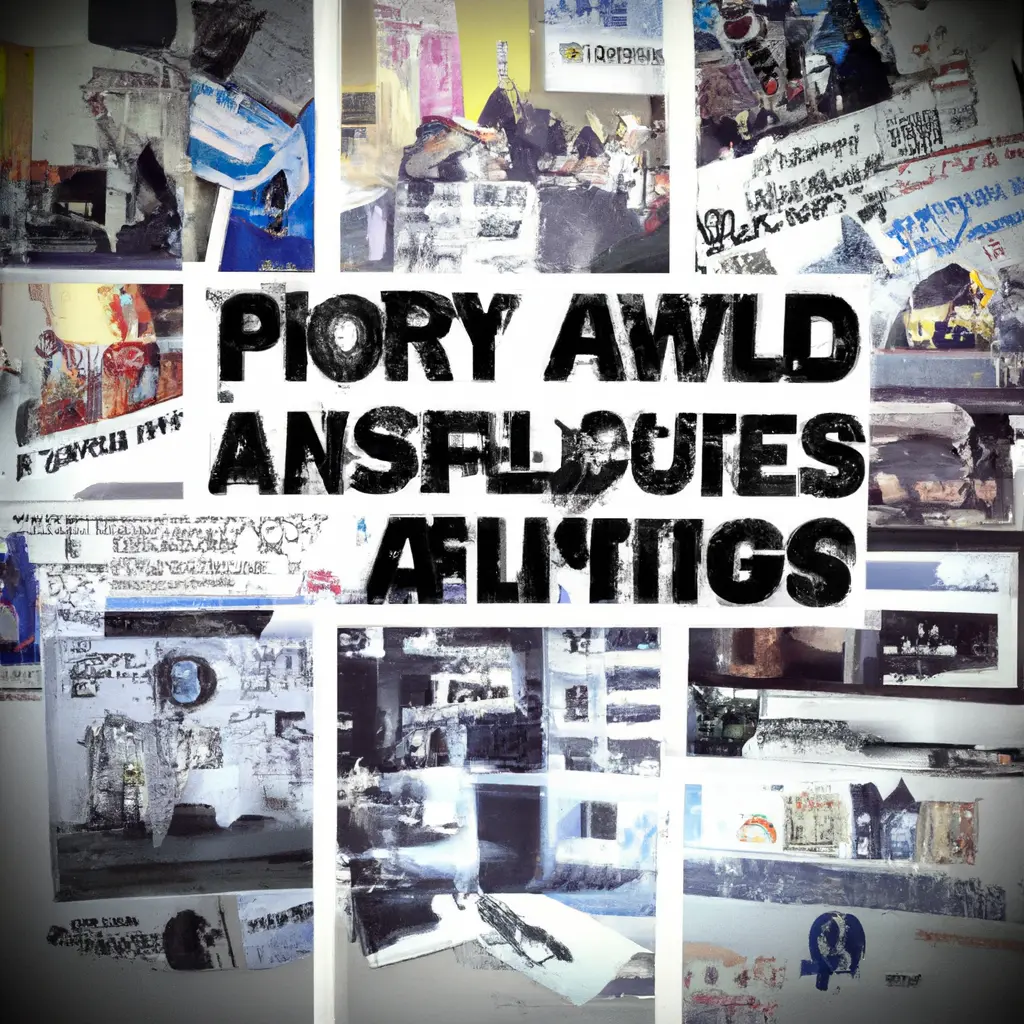South London exhibition: the struggle against the social cleansing of local people

Aisen Dennis lives on the eighth floor of the Aylesbury Estate in the Southwark area of south London. The climb up to her apartment is strewn with garbage. Water accumulates in puddles on the uneven stairwells. When you finally reach her hallway, it is empty. The neighboring apartments are boarded up with thick metal panels, with old door numbers burned into their rusting surfaces.
"There are only five people left on my floor," Dennis says. - "The rest have all left." In 2005, Southwark Council announced it was going to demolish the housing estate, which is one of the largest in Europe, as part of a wider project to "transform" the area. At the time, this array of concrete blocks, built between 1967''and 1977, was home to about 7,500 residents. Today it is mostly empty. Since 2010, residents have been gradually relocated as Aylesbury is demolished block by block.
Over the years, as political enthusiasm for post-war social housing projects waned, this and other housing estates like it fell into disrepair. Perhaps the final nail in the coffin was driven in 1997 when Tony Blair used the site for his inaugural speech as prime minister, launching a "New Labour" regeneration policy for Britain's "hopeless neighborhoods" and "forgotten people".
Dennis believes the downfall of this residential area in the eyes of the public has not been due to poor design or tenant indifference. She believes it is a victim'''managed decline'-intentional neglect-that serves the interests of companies engaged in development in the name of profit.
Help us uncover the truth about Covid-19
The public inquiry into Covid-19 is a historic chance to find out what really happened.
Beyond Aylesbury stretches large green squares, luxury in an area of one London. High-rise buildings overlook grassy squares and border Burgess Park, a landmark that Dennis knows well. "This is my home," says the 64-year-old woman, who has been a council tenant on the development for 30 years and wants to stay. "They don't think people like me deserve to live here. "
The Dennis block will be the next to be demolished. Walking down the corridor''condemned to demolition, his house is hard to miss. Sunlight seeps in through the open door, chasing away the darkness. Inside, there is a multitude of movement and color. The sunny one-bedroom apartment has been transformed into an exhibit, "Fight4Aylesbury," open April 14-23, documenting the lives and resistance of the people who live here. "It's a celebration of our struggles," explains Dennis.
Southwark calls it 'regeneration', Dennis calls it social cleansing. As plans have dragged on, now expected to be completed in 2036, residents of this housing estate have become disconnected and scattered across the capital and even beyond. Of the 4,200 new homes,''Building on the site in partnership with Notting Hill Genesis Housing Association, the council says 1,575 (37.5%) will be made available for rent or allocated for council housing. This represents a loss of more than 800 homes: 87% of the 2,758 homes in Aylesbury were socially rented in 2008, according to a 2015 report from the Greater London Authority.
At the same time, apartment owners on this housing estate were forced to sell their homes at a price set by the council. What is happening in Aylesbury is being repeated across London: low-income residents are being forced out to make way for more expensive housing. The exhibition focuses on their experiences. On the walls of the entrance to the apartment are documents and newspaper clippings that reveal that 73% of residents''Debris outside in front of the council building. Southwark council responded to the occupation by erecting a metal fence around the blocks in March 2015, guarded by a private security firm. Activists dismantled it a month later, but it was quickly reassembled and has stood for almost two years. A FOI request, submitted in May 2017, found it had cost the council £705,000 (£24,000 a month) over two years.
Development, as the exhibition makes clear, has been a constant battle. Dennis dedicates his bedroom to telling his story. It is the story of creating a home with her sister, with whom she fled Turkey after the 1980 military coup, only to find herself in uncertainty and hopelessness for more than 20 years until deadlines stretched and her house began''collapsing. Staring out of the window, against the London skyline are working cranes in the first phase of development where she will be moved in by the end of the year. For Dennis, the loss of the house cannot be underestimated. "It's always in the subconscious." For Dennis, anger and rage are integral to survival. But laughter is also important.
In the midst of the artifacts of the struggle, she herself is a living archive, rich with stories of life on the apartment complex that she is willing to tell visitors, along with endless tea from Turkey. At the heart of the exhibition, she is seated on a purple sofa, arms spread out, a cigarette in her fingers. Her face is serious, but there is a mischievous sparkle in her dark eyes and the wrinkles of a smile stretch across her cheeks. She talks about a time when the elevator was always running, people coming
Comment
Popular Posts
Popular Offers

Subscribe to the newsletter from Hatamatata.com!
Subscribe to the newsletter from Hatamatata.com!
I agree to the processing of personal data and confidentiality rules of Hatamatata














